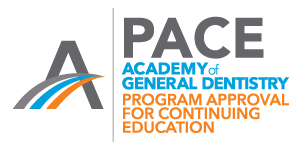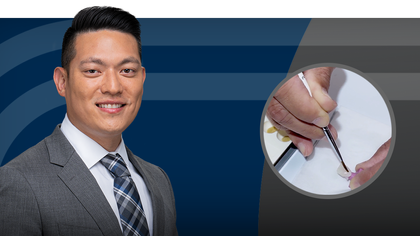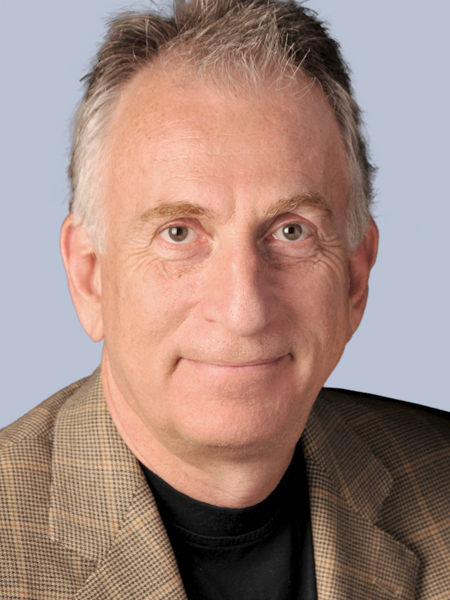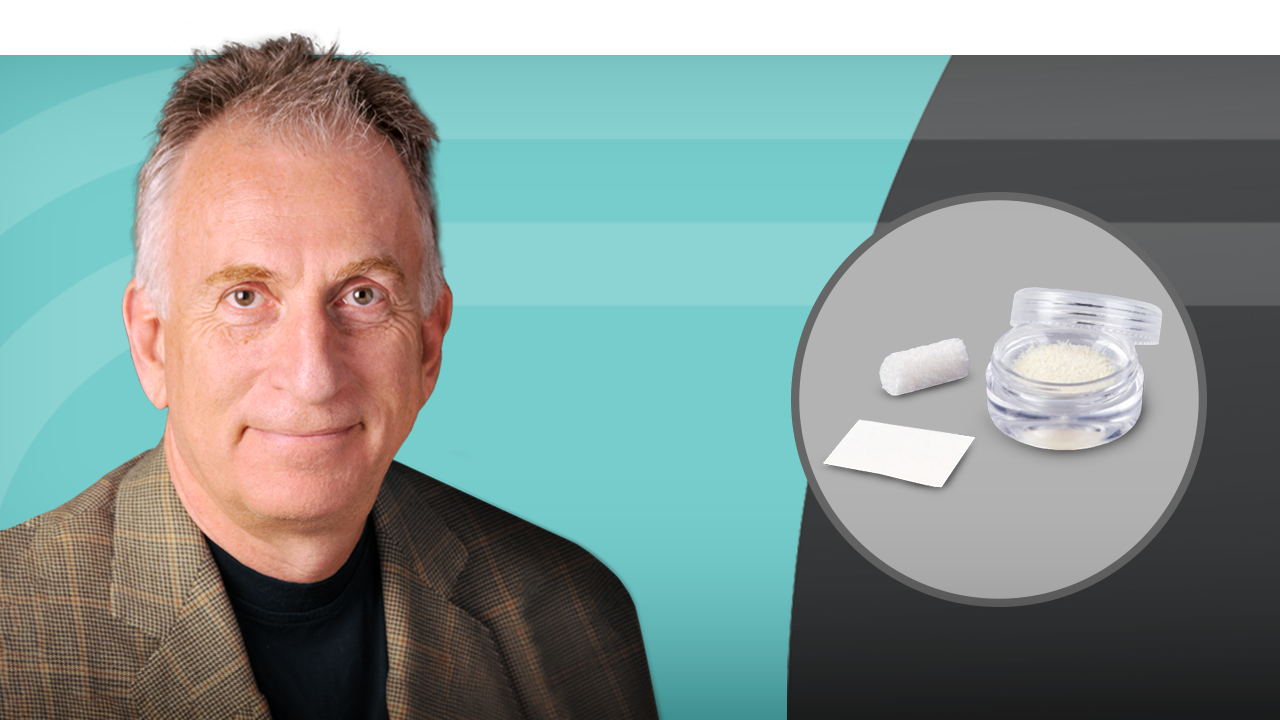- Develop a strategy for selecting the appropriate grafting material based on the type of defect.
- Determine the best method of preparing and delivering grafting materials to maximize regenerative outcomes.
- Understand the limitations of certain biomaterials and how to avoid complications or failures in grafting procedures.
Bone Grafting: Selecting Biomaterials Based on the Anatomical Defect
Course Objectives
1 CE Credit
The course will address various bone defects and best practices for grafting. Dr. Robert Miller provides an in-depth discussion and rationale for selecting the optimal grafting material and procedure based on the anatomical defect that is present.
Learning Objectives
Recognition & Approval

Glidewell Education Center
Nationally Approved PACE Provider for FAGD/MAGD credit
Approval does not imply acceptance by any regulatory authority, or AGD endorsement. 3/1/2024 to 2/29/2028.
Provider ID# 216789
-
 Online CE CourseNext-Level Chairside Esthetics: Customizing Restorations with Stain, Glaze, and Finishing TechniquesIn this course, Dr. Justin Chi demonstrates how to elevate chairside restorations using advanced staining, glazing, and finishing techniques for monolithic restorations.
Online CE CourseNext-Level Chairside Esthetics: Customizing Restorations with Stain, Glaze, and Finishing TechniquesIn this course, Dr. Justin Chi demonstrates how to elevate chairside restorations using advanced staining, glazing, and finishing techniques for monolithic restorations. -
 Online CE CourseEsthetic Veneer Preparations: From No Prep to Full PrepIn this course, Dr. Danielle Brown provides a practical overview of veneer preparation techniques from no-prep, minimal-prep and traditional-prep veneers with step-by-step protocols.
Online CE CourseEsthetic Veneer Preparations: From No Prep to Full PrepIn this course, Dr. Danielle Brown provides a practical overview of veneer preparation techniques from no-prep, minimal-prep and traditional-prep veneers with step-by-step protocols. -
 Online CE CourseBonding and Temporizing Protocols: Tips for VeneersIn this course Dr. Danielle Brown offers practical guidance on veneer temporization and bonding techniques to improve patient comfort and clinical outcomes.
Online CE CourseBonding and Temporizing Protocols: Tips for VeneersIn this course Dr. Danielle Brown offers practical guidance on veneer temporization and bonding techniques to improve patient comfort and clinical outcomes.




